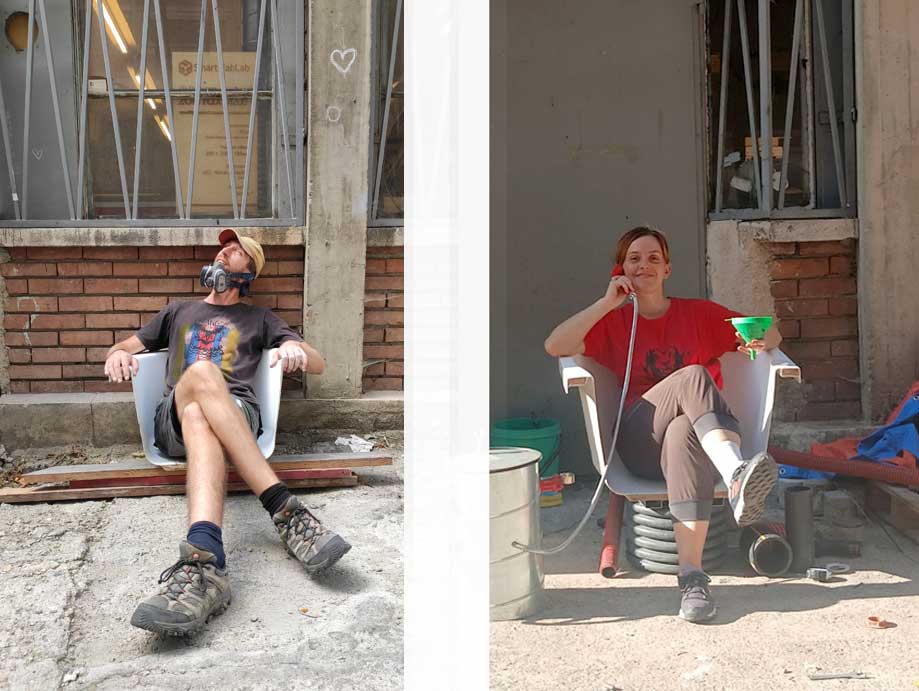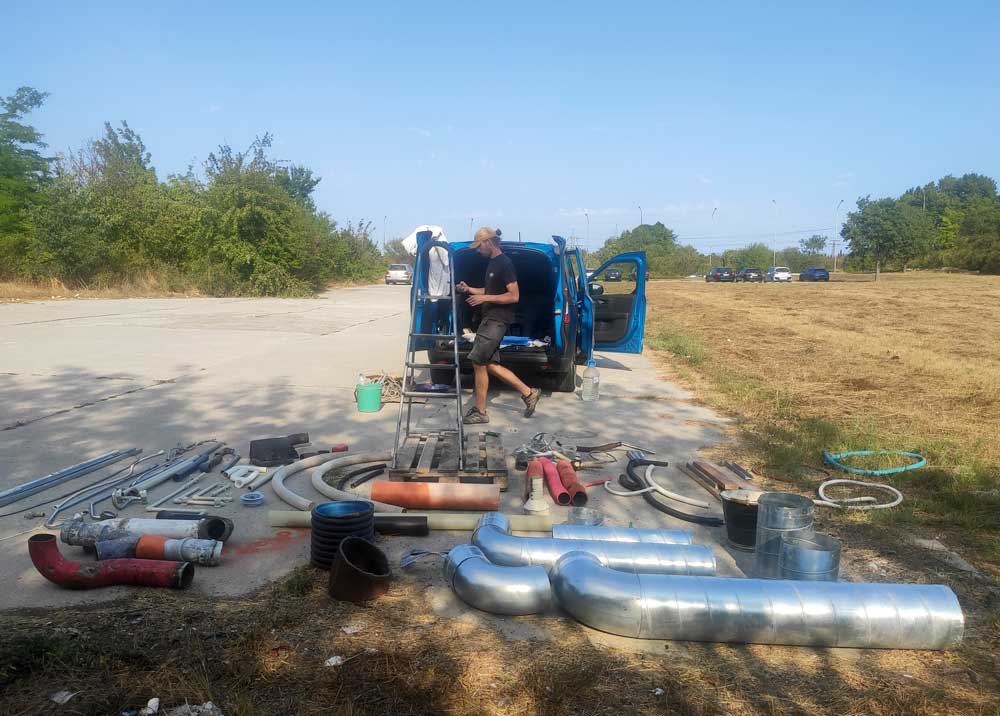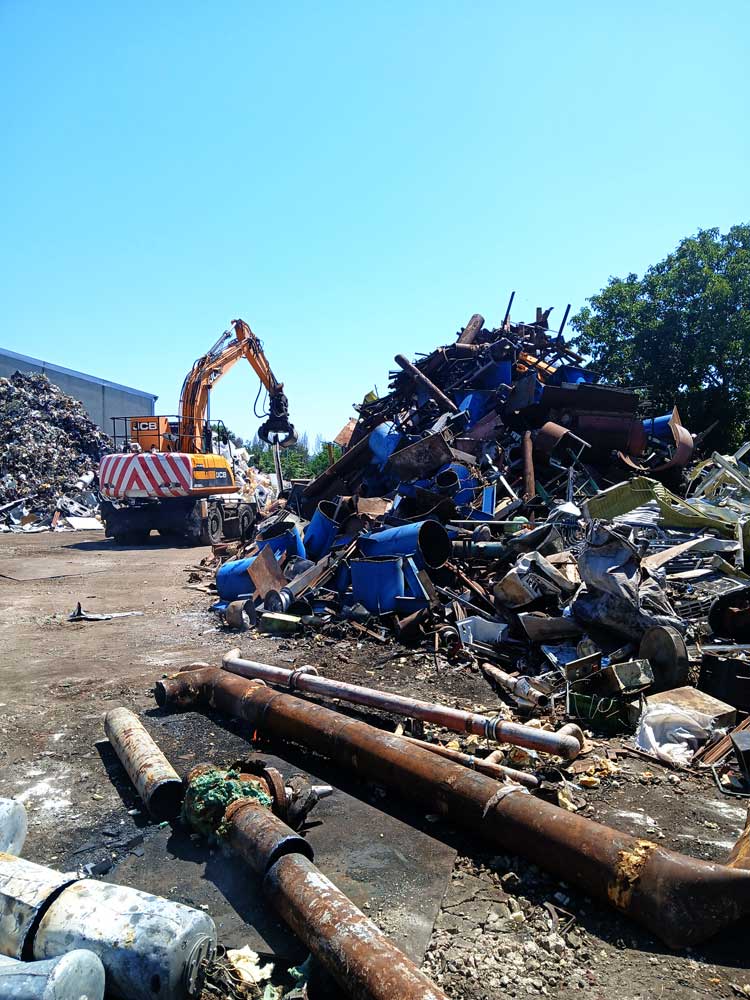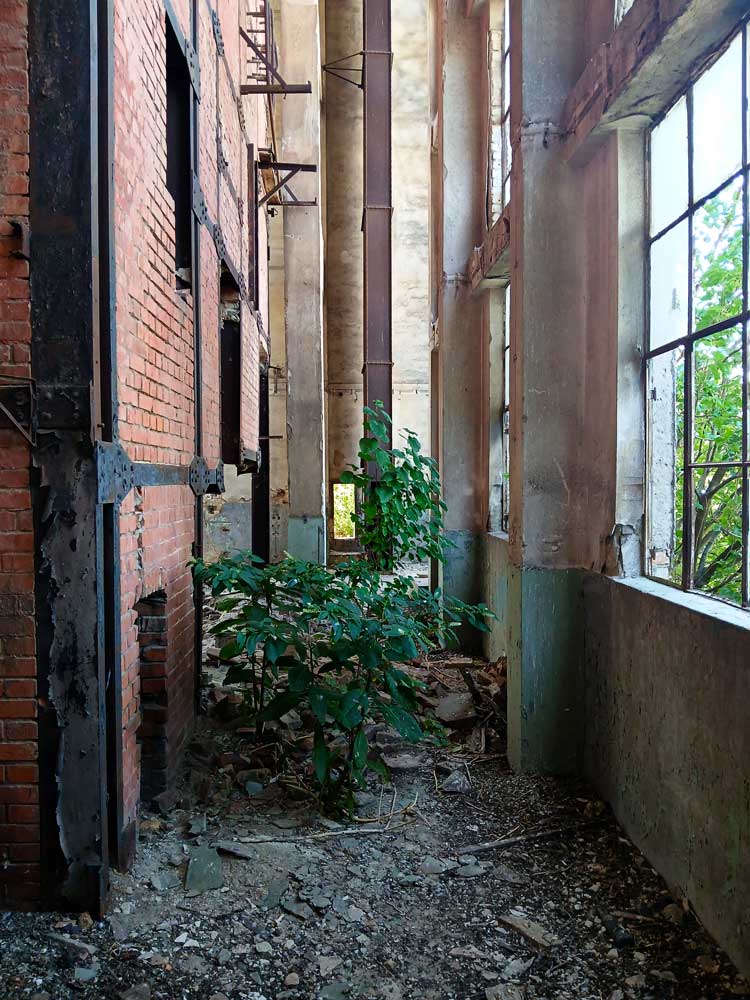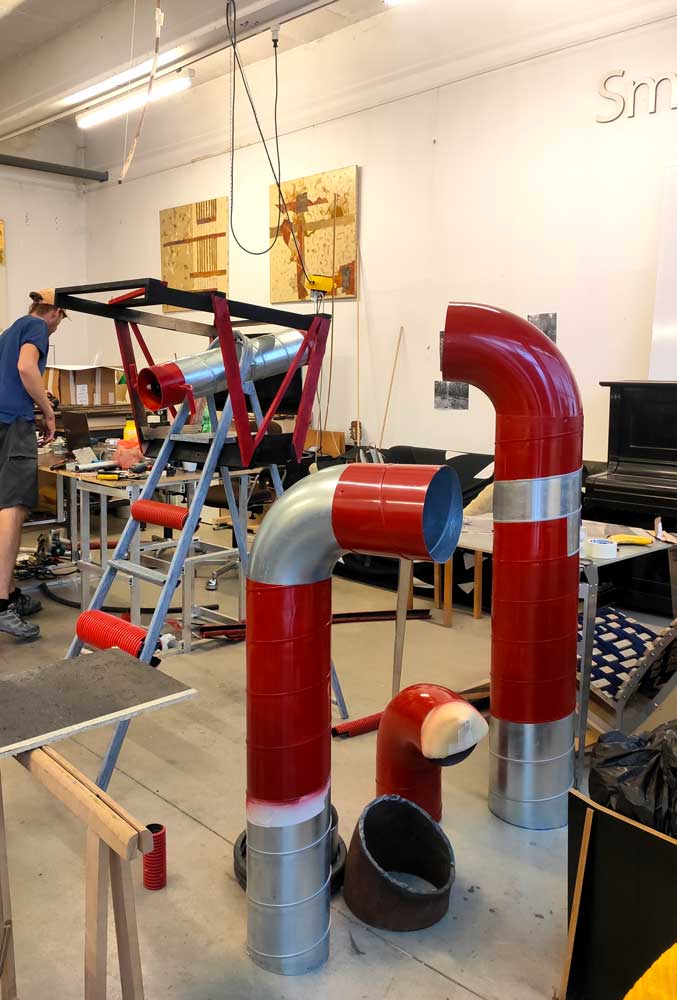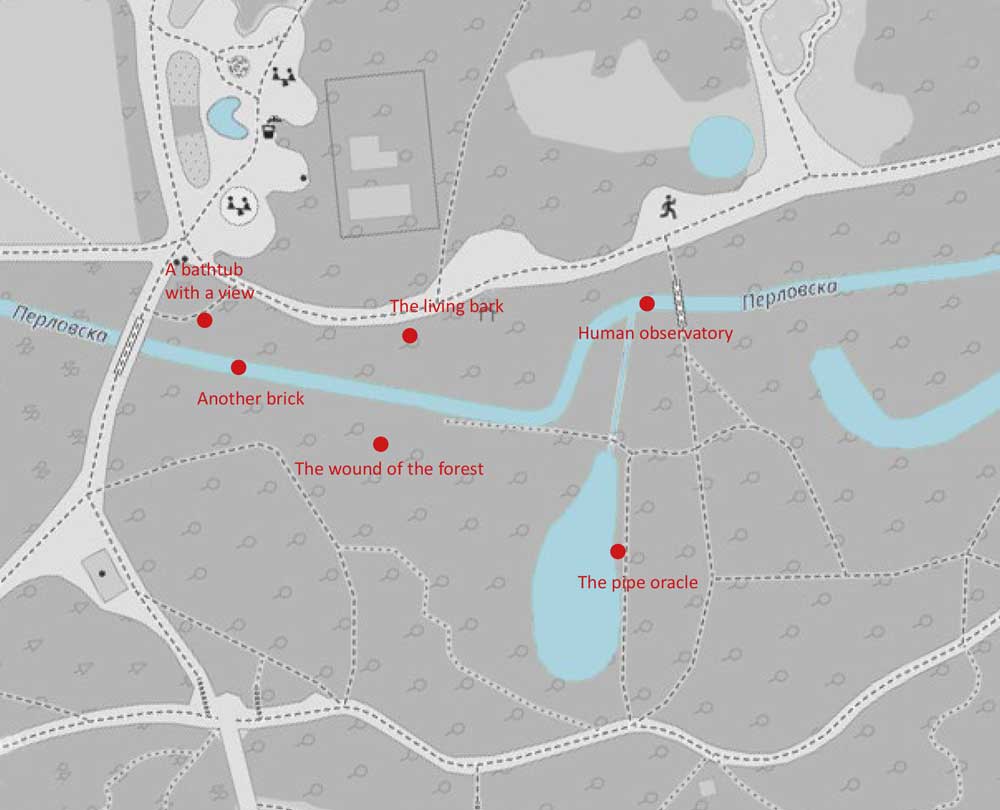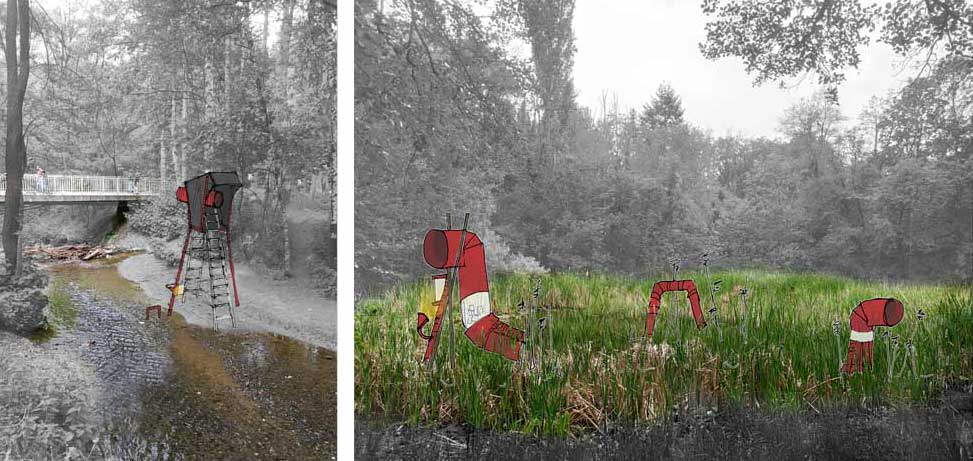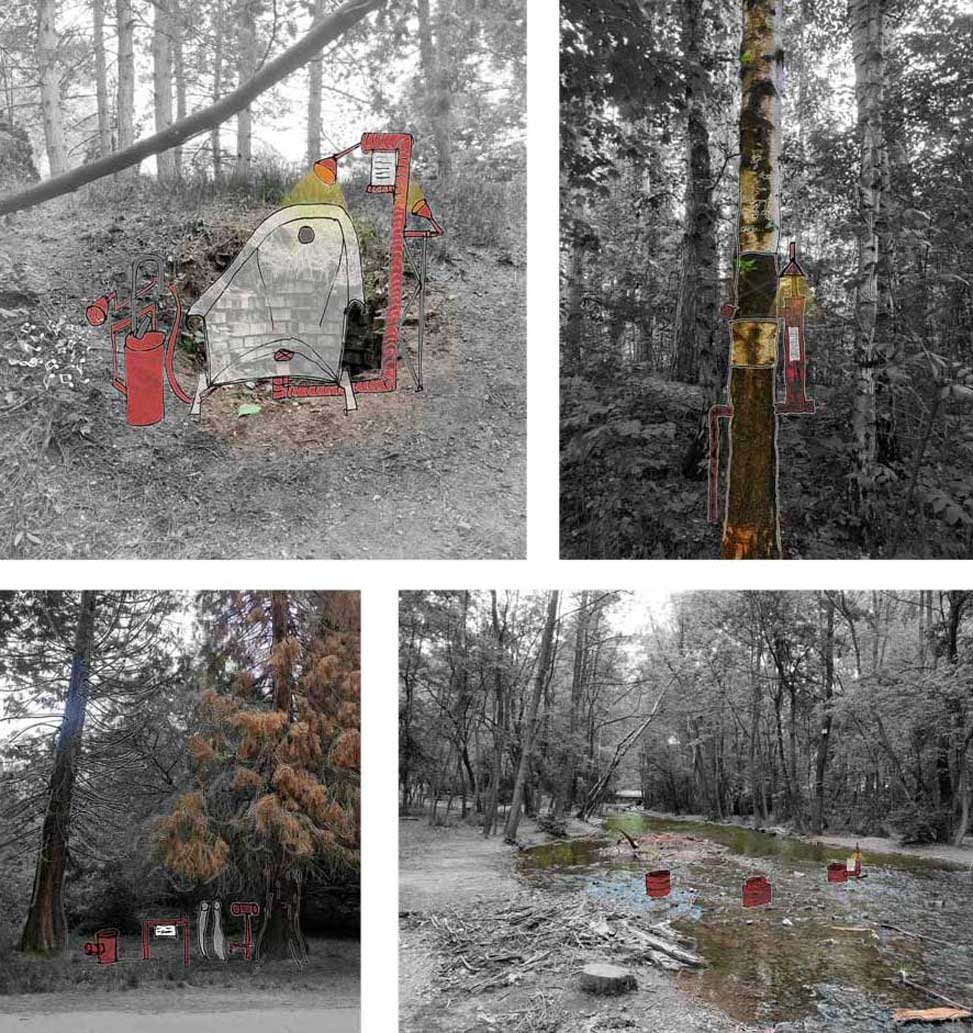Museum from the future, Bulgaria
Designed and built by Ekaterina Leondieva and Julien Clabecq
Ekaterina Leondieva holds a Bachelor’s degree in History and History of Art from the University of Glasgow, Scotland (2016), and a Master’s degree in Design at the University of Tsukuba in Japan. She is a curator, designer, and cultural manager. She has worked on a number of social and artistic projects related to urban art, urbanism, the conservation and restoration of architectural heritage, and festivals. Kate is now based in Varna, Bulagaria.
Organized by the Collective Foundation, КОЛЕКТИВЪТ
The Collective, КОЛЕКТИВЪТ
The collective was founded in 2020 with the motivation of transforming neglected urban sites into used and recreational public spaces. It is a group of young people, students, volunteers, artists, designers and architects that wishes through convivial events to bring people together to inhabit their city and its spaces.
Project selected for the festival “Rivers of Sofia” taking place on the 29-31st August 2025
Rivers of Sofia
Rivers of Sofia is an initiative carried by the Collective Foundation since 2020, aiming to re-establish the connection between cities and their rivers. Temporary stages for events, urban furniture, lightening, art installations engage a wide audience to rediscover during the festival time the riverbanks of the Perlovska River in Sofia’s South Park.
5 teams of artists and designer got selected to intervene and bring a new glance on key areas to the park, the river and more generally to nature.
OUR PROJECT : The museum from the future
The Museum from the Future is an interconnected series of interactive site-specific installations exposing the ways in which we think about water, resources, waste and nature. The structures are linked through a fictional story placed in a future world that has experienced an environmental collapse. Our descendants of the future have engaged in the archeological and anthropological study of the past through remains and artefacts they uncover in their environment. They have created a museum which can show to their contemporaries how humans of the past (ourselves) lived and thought. The exhibition unfolds within the festival site highlighting specific “archeological finds” or providing interactive and educational installations. Each installation builds up the story and reveals the contradictions and peculiarities of our way of life in a witty and playful manner.
Commitment to upcycling
All installations are constructed from found upcycled parts and elements scavenged in various places mainly dumpyards and abandonned buildings in Varna and Sofia. The process of finding materials through urban exploration fed our creativity and the original compositions of the installations. This create a rather rough makeshift aesthetic that match the story of a fictional dystopian world in which humans are likely to scavenge old materials and use them to construct things.
The language of the Pipe
Visually and conceptually all installations are linked through the pipe as a main structural and symbolic element. A flexible red pipeline runs through the festival site and guides the Museum visitors, emerging in places that lead to installations. All pipes will be painted red in order to visually connect the installations.
The pipe and accessories connected to it relate to the displacement and control of water. They are symbols of modernity, progress and comfort and also a way to transport energy.
Pipes are witnesses of our industrial era. The pipe is embodying the contradiction of the world we live in: between modernity, comfort, progress and exploitation, pollution, destruction. This is why we chose the concept of pipes as a vehicle to tell the story of our world and throughout the installations we utilize the pipes as an observation device.
More infos on each installations here
